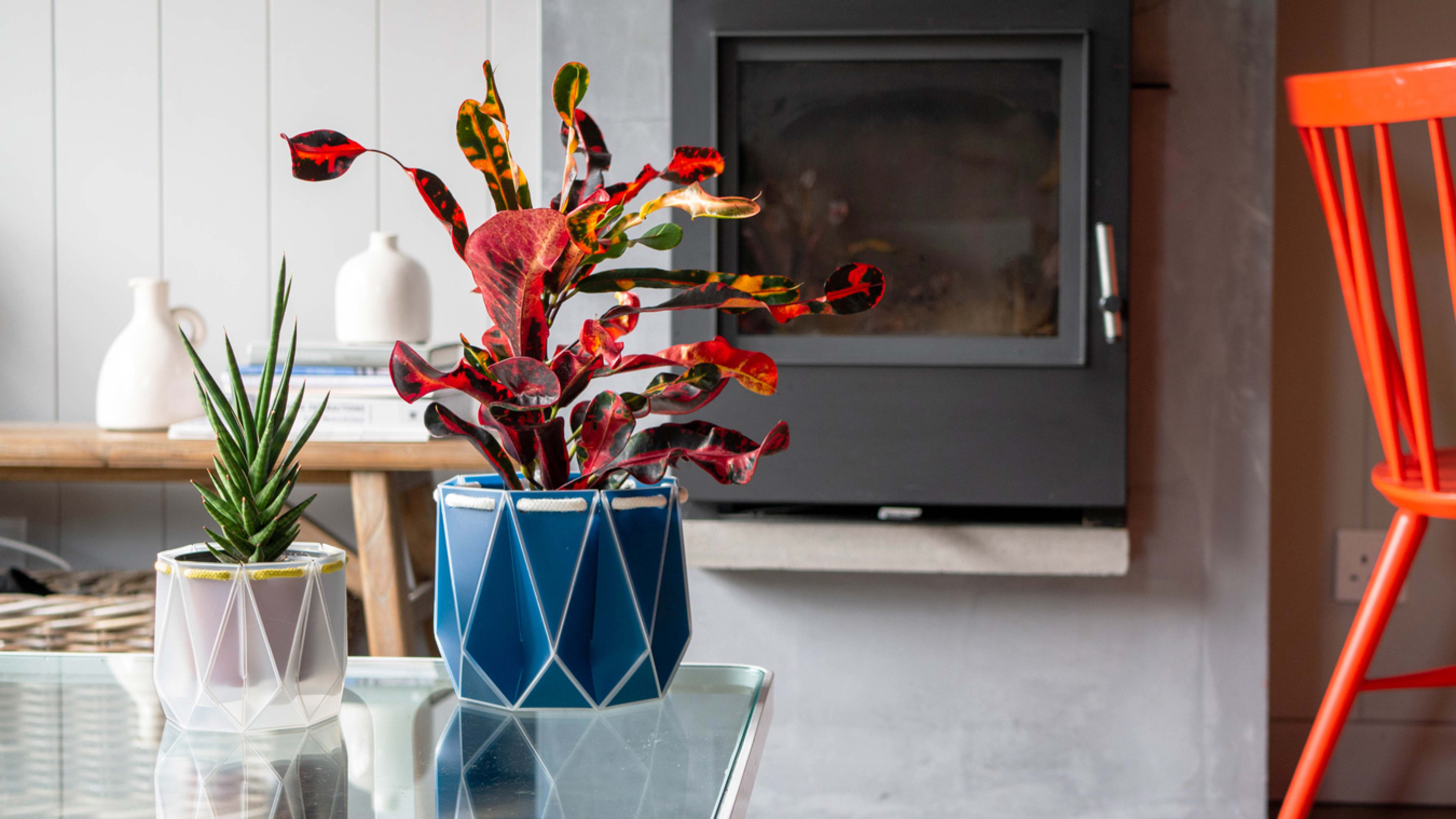We have flat-pack furniture. Flat-pack purses. Flat-pack pasta. Even flat-pack housing. Why? Because when you design something to fit inside a flat package, rather than a giant cardboard box, it’s more space efficient to ship, reducing its cost and carbon footprint. (Ikea’s entire business model is built on this idea.)
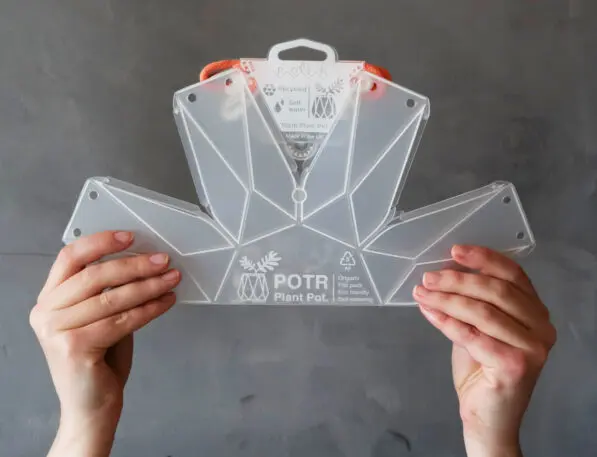
And now, we can add another flat-pack design to the growing pile: plant pots. Potr is a brand that claims to produce the world’s most sustainable plant pots. Arriving at your house in a flat mailing envelope, you simply squeeze together the pre-folded template and tie it with a bit of bundled cord. Presto, you have a pot. In fact, it’s a self-watering pot, with a two-chamber design to prevent overflow.
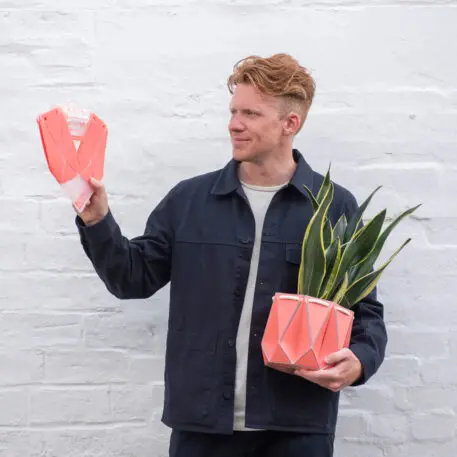
Starting at $20, Potr pots are made from recycled polypropylene (aka plastic). They’re screen-printed with color, much like a T-shirt, atop a premium-feeling matte finish. A new version, available for pre-order to arrive in February, will be made from 98% recycled fishing nets. Its green hue is not added; it’s the exact color of the recaptured net material itself.
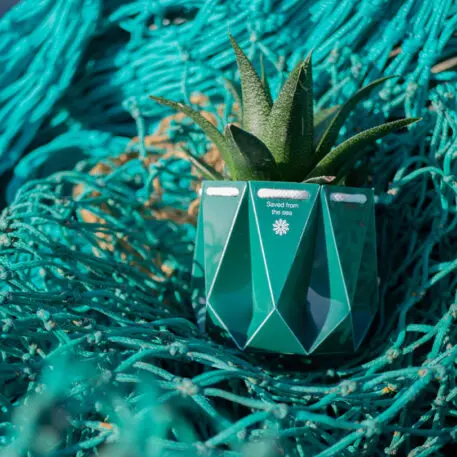
While the concept of a folding pot might not seem all that mind-blowing, Potr is a superb case study in how a relatively standard object can be reinvented to be more green. Designed by Andrew Flynn, a former lead industrial designer on Dyson’s air products, he pulled from his experience overseeing production in Malaysia and the Philippines—and understanding the realities of global production—to create a sustainable object that could also be an object of desire.
As Flynn points out, the ceramic and concrete pots of today are often manufactured in Asia, then individually wrapped to be distributed around the globe. If you’ve lifted one of these pots before, you know that they are surprisingly heavy. (And if you’ve broken one, as I have, you know they are also surprisingly fragile.)
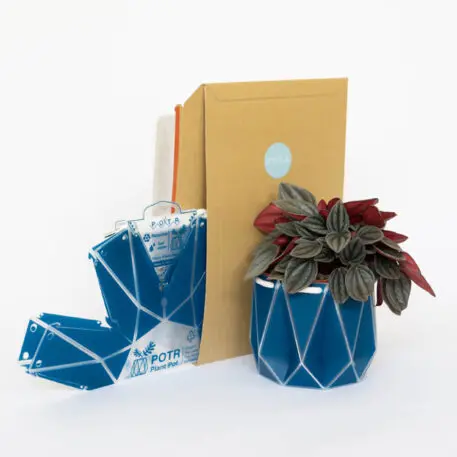
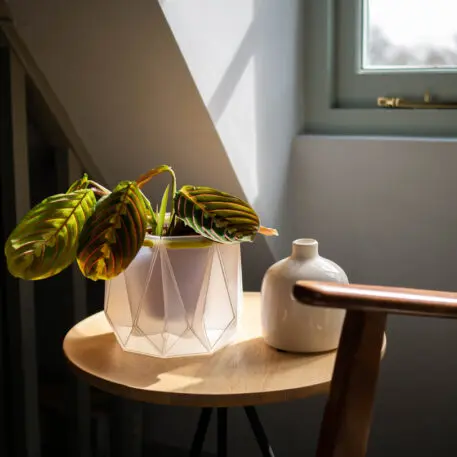
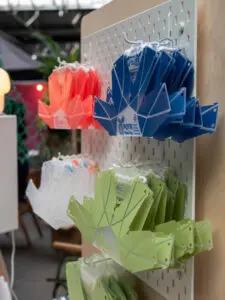
But do you trade anything for all this added sustainability? Well, for one, you are decorating your home with a plastic pot, rather than a more precious, traditional material. And secondly, the current sizes only reach up to a 7-inch diameter. Flynn says he’s working on building pots up to a 15-inch diameter, but that will be about the limit for the design, due to some core geometric limitations when producing the pot on a production line.
Still, for small- to medium-size house plants, Potr’s approach makes a lot of sense. And it’s yet another proof point that, “waste plastic is not material just meant to be discarded and thrown away,” says Flynn. “It’s still a valuable resource.”
Recognize your brand’s excellence by applying to this year’s Brands That Matter Awards before the early-rate deadline, May 3.
